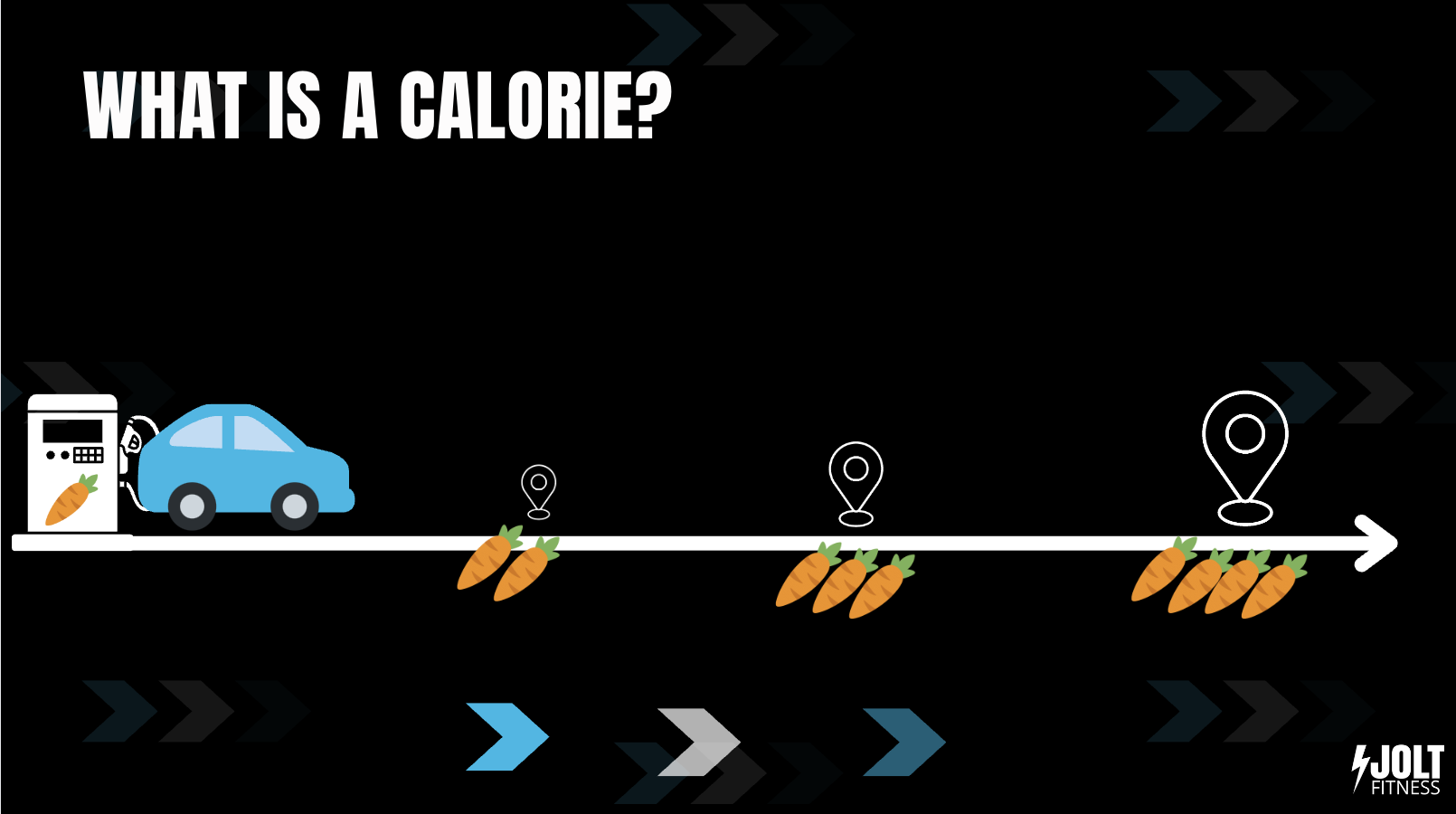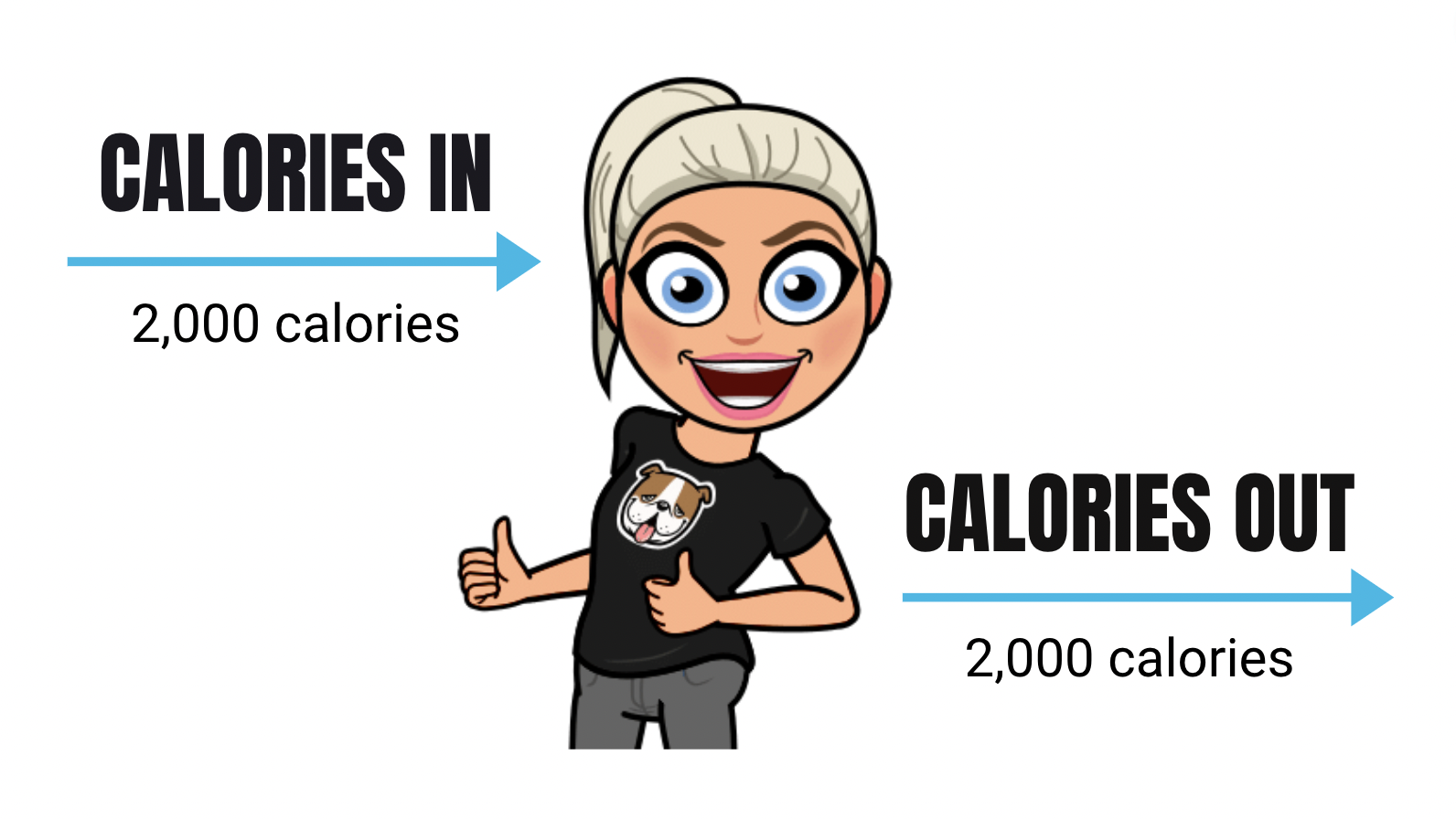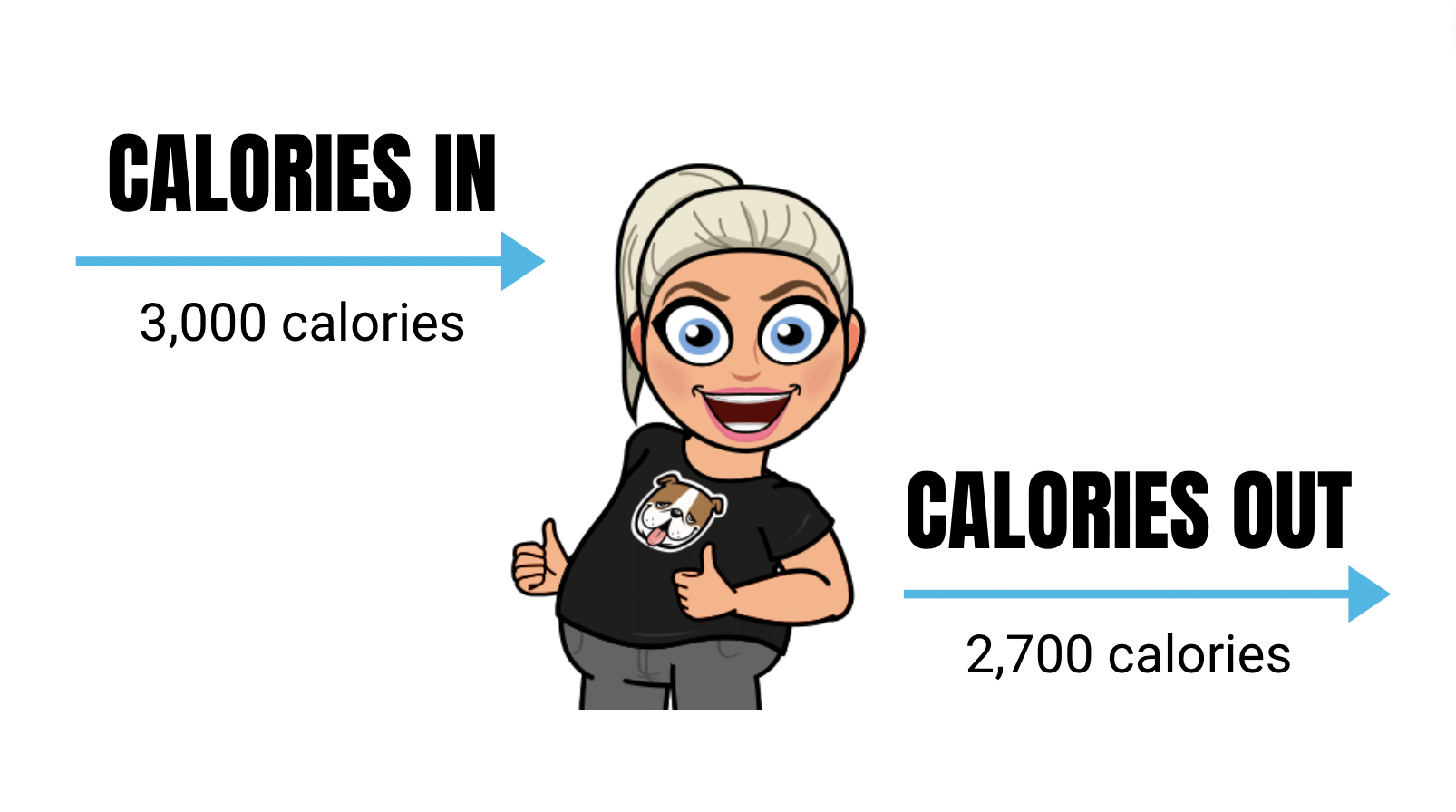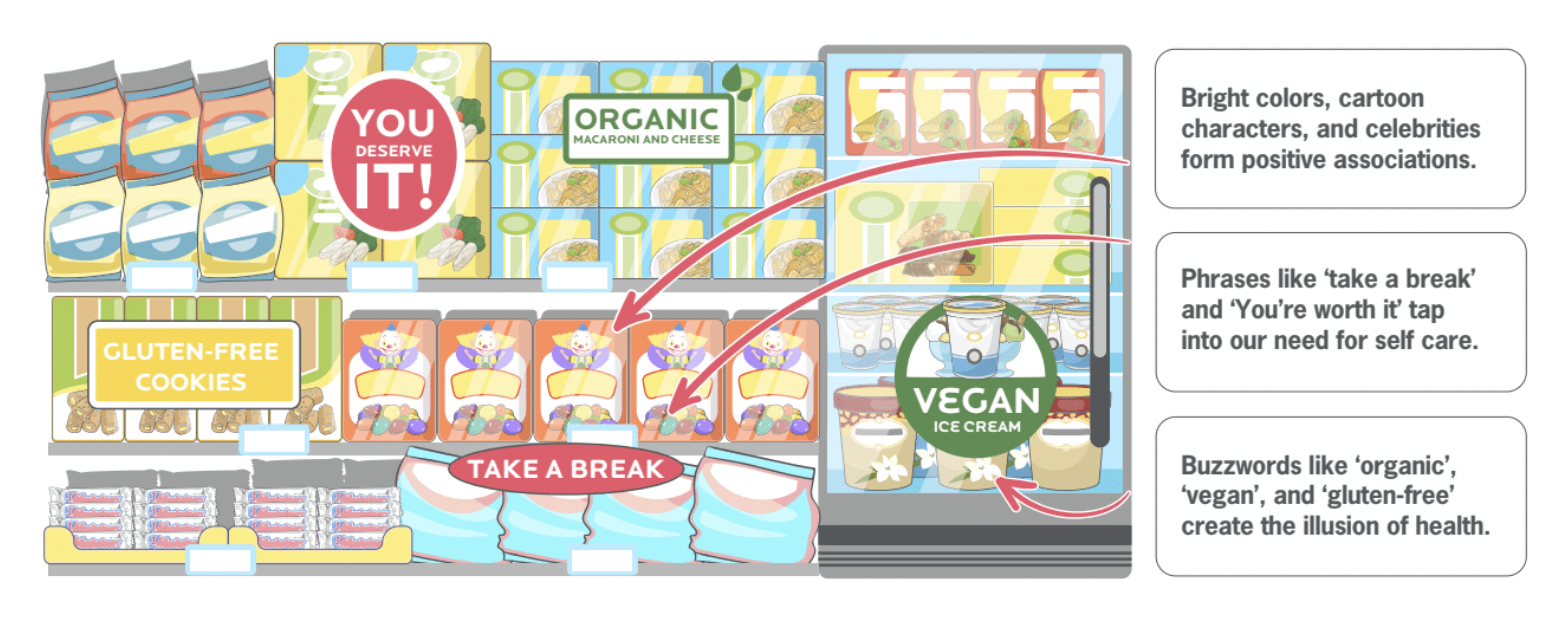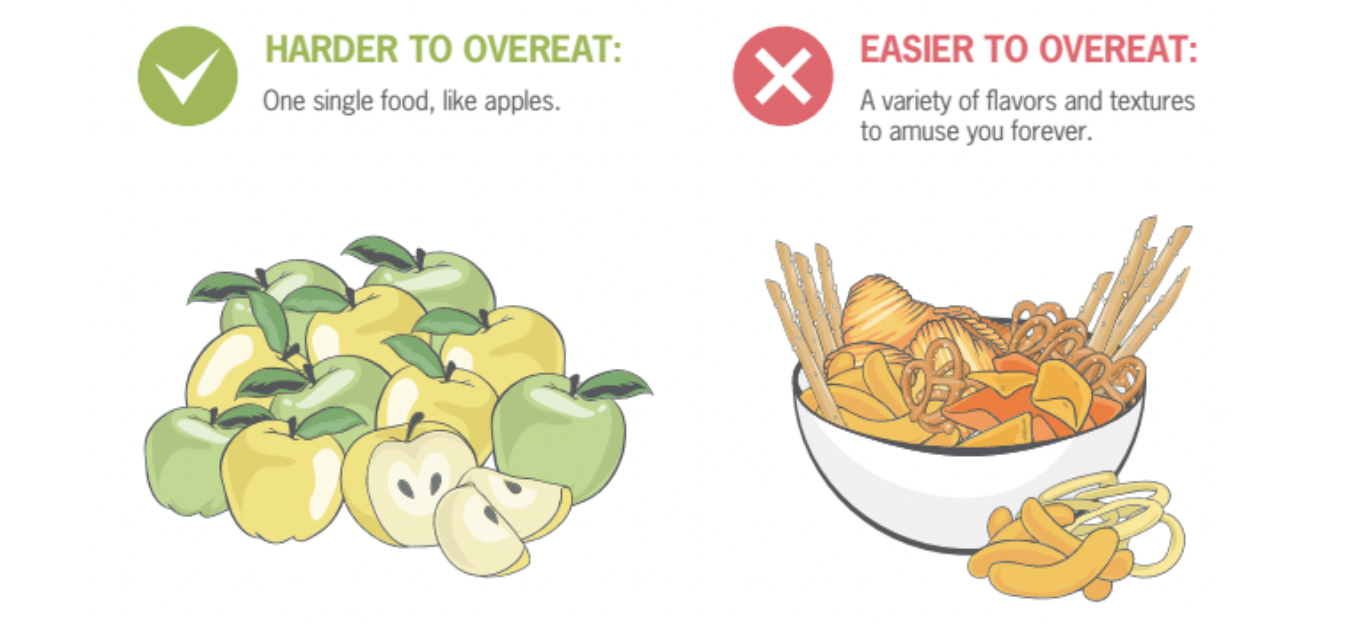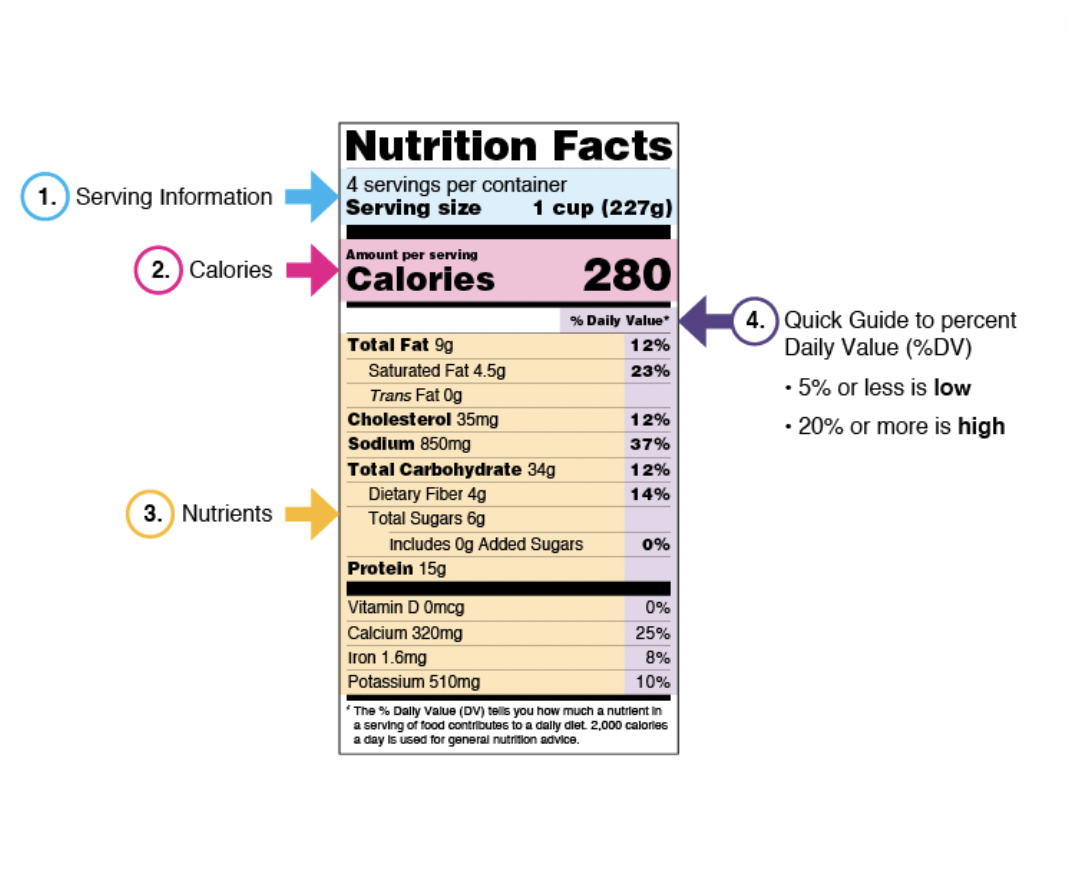BEGINNERS GUIDE: NUTRITION
Food gives us energy to complete everyday tasks. When we consume food our body turns that food into energy measured by calories. Calories are a representation of a unit of fuel.
For example, when we go on a road trip we fill up with fuel. The longer the road trip, the more fuel we need. The same applies to us. To live our life, we need energy, the more active we are, the more energy we need. If we don’t put enough fuel in the tank, we won’t make it to our destination, the road trip will be stressful, we might break down, and we won’t be able to take any fun detours on the way. If we put too much fuel in the tank, it could overflow leaving a mess that spills all over us. The extra fuel doesn’t help us get to our destination faster. It leaves us with an un-enjoyable, not happy trip as we sit in our gas soaked clothes for the duration of the trip.
It’s important to remember calories are not bad, they are necessary.
calories in vs. calories out
We consume calories through everything we eat and drink. We burn calories simply by being alive; just to open your eyes, the heart to beat, and the lungs to breathe. We burn calories additionally through physical activity and daily movement.
If we consume less calories than we burn our body will lose weight.
If we consume equal calories to that of which we burn we will maintain our weight.
If we eat consume more calories than we burn we will gain weight.
“Although, this is the law of thermodynamics, I have seen MANY cases where these rules were not a cold hard fact. Past dieting history, current health, genetics and environment can play a role on these rules. It’s also imoportant to notice we said the word weight, not body fat. Chronic under eating can lead to loss of weight through loss of bone, muscle, hair, organ function and other long term and damaging conditions. Also note, the word burn is not refering to endless miles on the treadmill. We can burn calories through increasing our muscle mass, daily step count, and enjoyable actvity. We also burn calories just be being a living, breathing human being. To put it in perspective, a toddler needs about 1,200 calories a day to thrive. To learn more about your exact caloric intake and manipulating your calories consult a Nutrition Coach @ Jolt Nutrition Methods” - Siggy
what’s in my food?
Calories are made up of 3 main nutrients; carbohydrates, protein and fats. All are important to healthy and resilient body. All three nutrients come in natural and processed forms leading to higher quality and lower quality options.
Carbs help give us energy, protein helps build us up, and fat helps regulate internal systems. If we look at these nutrients as a hockey team; Carbs are the hardest workers on the team, protein is your captain and leaders, and fat is your coach. You need all three to have a great team.
Choosing foods in the top half of this photo will not only lead to better body composition, but food quality also effects sleep, hormones, mental health, energy levels, recovery, where you store body fat, if you can build muscle, digestion, skin regeneration, hair growth, fertility, vitamin and minerals and more.
WHOLE FOOD VS. PROCESSED FOODS
When it comes to calories, we want to get the majority of our calories from whole foods because it’s premium fuel for training and life. Whole foods are considered as foods that are served in their natural form without processing. Typically they have limited packaging and brand marketing. We don’t expect to eat 100% perfect, all organic, no processing from the earth, but we like to consider a scale of 100% whole food to 100% packaged food. We want the majority of our foods to scale towards mostly whole foods. For example, chicken breast would be a whole food even though it has packaging. On the other hand, McCain’s Chicken Nuggets would be less of a whole food as it comes delivered through a manufactured brand. Grapes would be a whole food option, but a grape slurpee would not. The majority of whole foods come from the perimeter of the grocery store, where as most of the processed foods are in the middle aisles (with some exceptions).
Can’t resist the chips, cookies, ice cream or even “healthy made” treats?
It’s not you, it’s million dollar marketing campaigns.
BRANDING
Marketing works hard to convince us that the lower quality option is the best choice for us. Using targeted tag lines like “take a break”, “you deserve it”, and using health trigger words like vegan, gluten free, and organic. Marketing uses bright colours, appealing characters and celebrity endorsements, and try to appeal to your values and beliefs (ex, Vector for athletes, special K for active middle aged women).
PORTION SIZE
Portion size convinces us that it may be a better deal, whether we need all that food or not. We may be encouraged to buy for volume, not nutrient density.
MANUFACTURED DELICIOUSNESS
When snacks are made up of multiple flavours, we’re less likely to feel bored eating them. Therefore its way easier to overeat foods that keep us interested in changing flavours and textures. That’s why it can be easier to eat a bowl of chips or nuts vs. a bowl of apples
IRRESISTABLE BITE
Stimuli stacking helps ensure that the food is addicting and crave-able as it’s an explosion of different flavours with every bight. A caramel brownie may be sweet, and chewy, and salty all in one bight. Sugar, salt and fat may not be appealing on their own, but combined it’s the ultimate manufactured deliciousness.
READING LABELS
Step 1: Look at the serving size when comparing foods to ensure you’re comparing the same volume (example: 1 cup to 1 cup of cereal)
Step 2: Look at the calories, this is the amount of energy in the food. Similar to how many miles you can travel with more gas in the car, but remember more is not always better. It’s about the right amount for your car and trip.
Total calories = calories per servings x # of servings you consume
Step 3: Look at the nutrients. Is this food mostly carbs, protein, fat or all three? Remember, when you put gas in your car you can choose between regular and premium. Every time you eat you can make that choice based on what your body needs and picking higher quality foods.
Step 4: Look at the ingredients list - the ingredients are listed from most to least abundant. Common red flags are the first ingredient being sugar or any word ending in “OSE”, or canola, corn, soybean, safflower oil, and vegetable oil.
When the unsaturated fats found in vegetable oils are heated they tend to oxidize. In this form, they're more dangerous to body tissues and can trigger inflammation, a known risk factor for making blood-vessel plaques unstable enough to cause a heart attack. Our consumption has gone up due to modern day production, which is necessary to feed our growing population and is cheaper to manufacture. But could be effecting our health in large consumption.
Second, if we can’t pronounce the word, we probably don’t want to consume it. Many additives in foods have unknown effects on our bodies long term because of their relatively new entrance to the industrialization of food. Many of these ingredients have been banned in other countries, but are still approved in North America.
TRACKING NUTRITION:
Tracking macronutrients through MyFitnessPal is a great way to learn what fuels your body. It helps you identify what your food is composed of and how that serves your training. We understand that tracking food is not for everyone and can result in obsessive behaviours and strikes anxiety in those who have dealt with disordered eating in the past. Please know that the goal is not to obsessively track and hyper focus on food for the rest of our lives. The goal is to educate ourselves and be aware of how food affects our training, mood, energy, body and brain. Ideally, everyone can cycle through periods of tracking and non-tracking and not have it haunt them in any way. For assistance in your nutrition tracking, goal setting, and on-going support visit Jolt Nutrition Methods.

